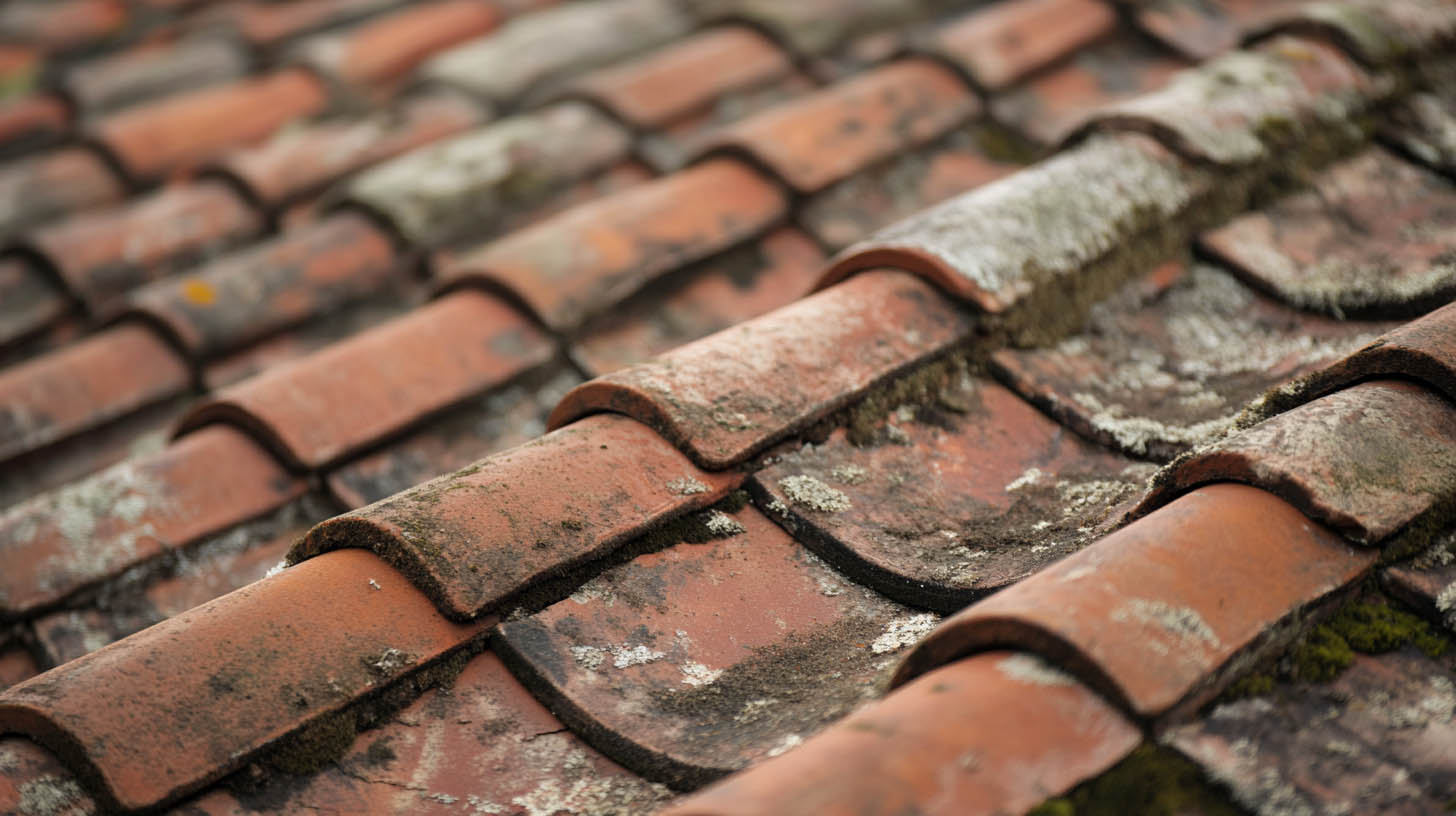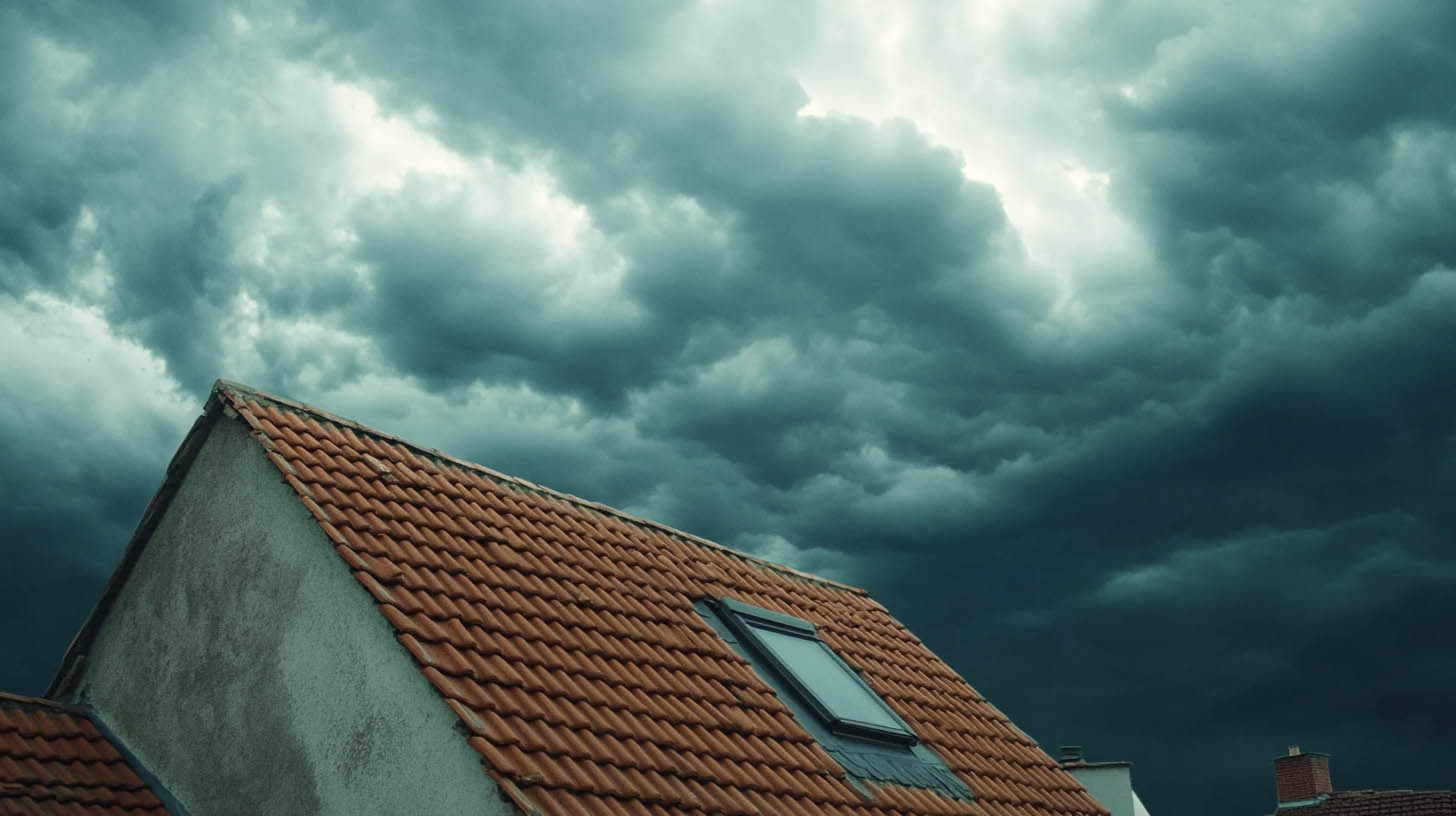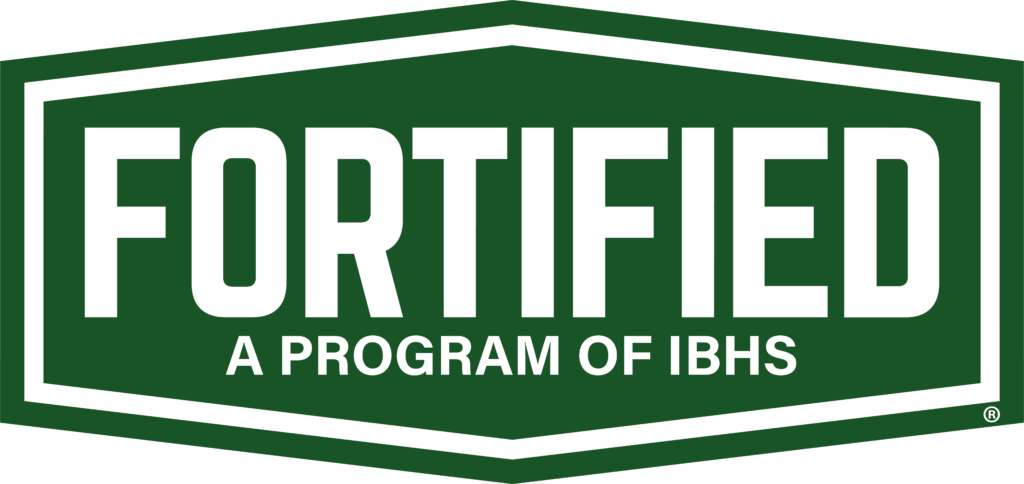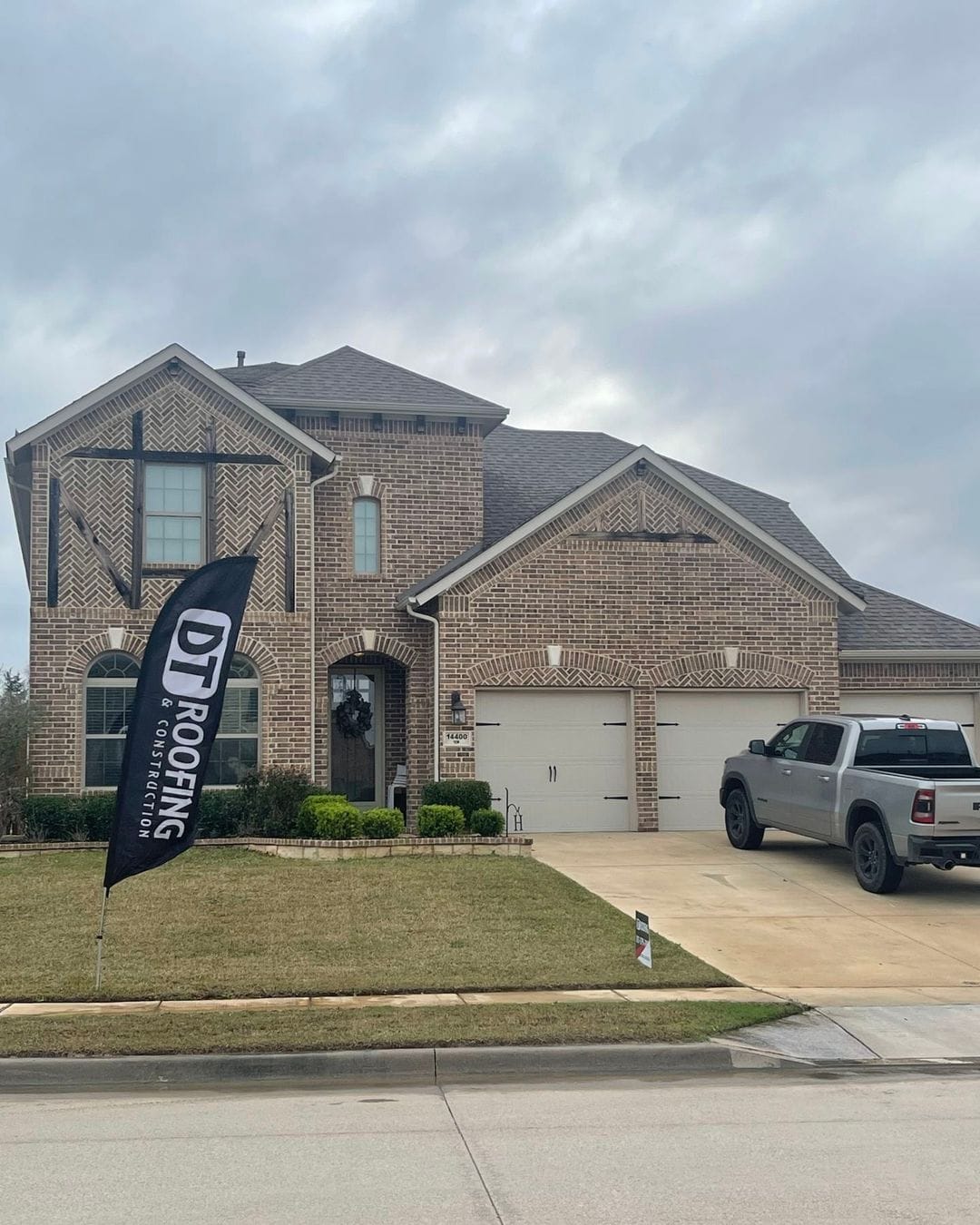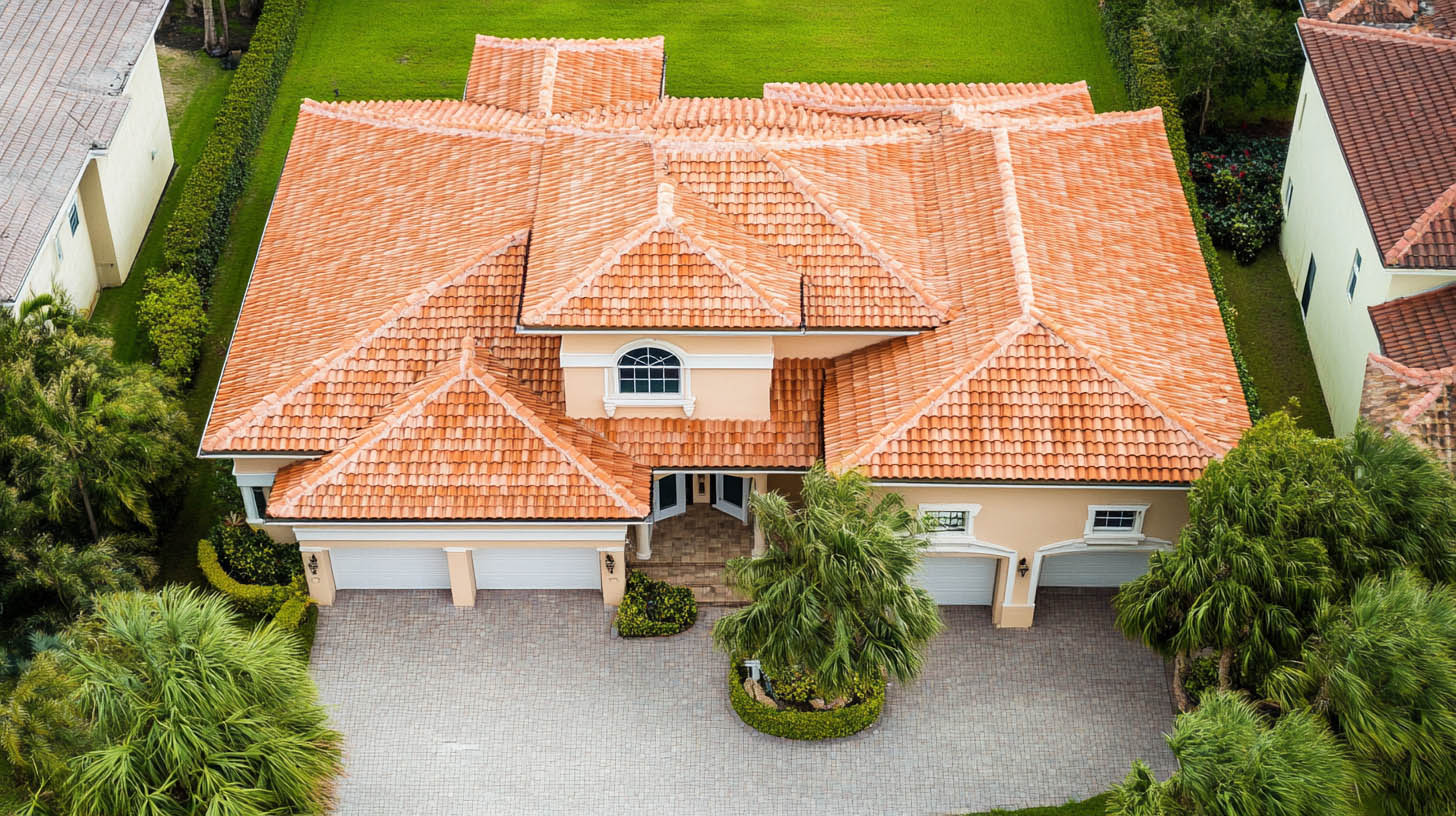
How Each Hurricane Category Impacts Your Roof
In hurricane-prone regions, your roof stands as the first and most vital line of defense against nature’s most violent storms. Understanding how each hurricane category can impact your roof is essential for preparedness and long-term home protection. As winds intensify from Category 1 to Category 5, the potential for roof damage increases exponentially—and so does the importance of quality materials, proper installation, and timely maintenance.
For homeowners in Weatherford, TX, this isn’t just theoretical. Every storm season brings renewed anxiety and the real threat of damage. While modern building codes and roofing technologies have come a long way, not all roofs are created equal, and not all are ready for the fury of a full-force hurricane. This is where proper preparation can make all the difference.
At DT Roofing, we’ve seen firsthand how different storms leave different signatures of damage—and we’ve helped countless homeowners recover stronger. Let’s break down how each category affects roofing systems, and what you can do now to protect your home.
Category 1: The Wake-Up Call
Category 1 hurricanes have sustained winds between 74–95 mph. While these storms might seem “weak” compared to higher categories, they can still tear off loose shingles, damage gutters, and expose vulnerabilities in your flashing and vents. Roofs with existing wear or minor installation flaws are often the first to suffer, serving as a wake-up call for overdue maintenance.
These storms typically cause minor structural damage, but even small leaks can go undetected and develop into major issues over time. A post-storm inspection is always recommended.
Category 2: Minor Storm, Major Stress
When wind speeds climb to 96–110 mph, roofs that were “just fine” during previous storms can fail quickly. You might see sections of shingles ripped away, weakened soffits torn open, and compromised underlayment exposed to driving rain. Water intrusion becomes more likely, especially if your roof deck lacks a waterproof barrier beneath the shingles.
Homes with older roofs, especially those with outdated materials, are at a much higher risk during Category 2 storms.
Category 3: Serious Threat Level
Category 3 hurricanes (111–129 mph) are classified as major hurricanes. At this level, roof damage is nearly guaranteed if your home isn’t equipped with a modern roofing system. Entire sections of the roof can be peeled off. Flying debris becomes a huge threat, breaking tiles and puncturing roofing membranes.
For sloped roofs, uplift forces become especially dangerous, causing nails to pull out and decking to shift. The attic and structural supports are exposed, which can lead to massive water damage inside the home.
Category 4: Severe Roof Destruction
Category 4 storms bring sustained winds of 130–156 mph. Roofs that aren’t built or reinforced to withstand these forces may suffer complete failure. Not only do shingles go flying, but decking and structural components can separate. If water enters at this level, ceiling collapse and interior mold are likely to follow.
Metal roofing systems and impact-rated shingles such as those from Owens Corning can provide significant protection—when installed correctly by a qualified contractor.
Category 5: Total Roof Failure
Category 5 hurricanes, with winds exceeding 157 mph, are catastrophic. Even the strongest homes face serious damage. Entire roof structures may be lifted off and scattered. This is why hurricane straps, secondary moisture barriers, and code-compliant materials are not just recommendations—they’re requirements in vulnerable zones.
For new builds or roof replacements in hurricane-risk areas, investing in top-tier systems is non-negotiable. Reinforced framing, sealed roof decks, and wind-rated materials help reduce losses and improve safety.
Building for Resilience
Every roof should be designed with worst-case scenarios in mind. The key is to not wait for disaster to strike before taking action. Annual inspections, proper attic ventilation, and the use of high-wind-rated shingles or metal roofing materials are all crucial steps. Additionally, fastening systems and flashing details must meet or exceed local code requirements to hold up against increasing storm activity.
Choosing a roofer with a proven track record in storm preparedness ensures your system is built not just for today—but for the next ten years of Texas weather.
Read also our blog: How to Spot and Track Down a Roof Leak


